The streets are unforgiving, especially for those with no voice to speak their suffering. Among the countless souls navigating the harsh realities of urban survival, stray dogs occupy a particularly vulnerable space. Forgotten by society, they scavenge for scraps, dodge traffic, and endure the elements with no promise of tomorrow. But sometimes, against all odds, fate intervenes. This is the story of one such dog—a scrappy, resilient underdog whose journey from pavement to porch defied every grim expectation.
His name was never known to the passersby who stepped around his matted fur. To them, he was just another shadow in the alley, another set of wary eyes reflecting headlights at night. Life had carved its lessons into him early: trust no one, expect nothing. Yet, beneath the layers of dirt and defensive snarls, there was something undeniable—a spark. It wasn’t just survival instinct; it was an unbroken spirit, waiting for its chance.
The turning point came on a rain-soaked Tuesday. A woman named Clara, who’d often tossed him leftovers from her lunch, noticed he wasn’t at his usual spot near the dumpster. Concerned, she followed the sound of whimpers to a collapsed cardboard box—his makeshift shelter. Inside, he lay shivering, a deep gash across his paw from a run-in with broken glass. What happened next defied logic. Instead of snapping when she reached for him, he went still, as if recognizing this was his last roll of the dice.
The vet clinic smelled of antiseptic and anxiety. Clara sat in the waiting room, her knees bouncing, while the staff worked to stabilize the dog they now called "Lucky." The name was equal parts hope and dark humor—his injuries were severe, his malnutrition chronic. But as days passed, something miraculous unfolded. His tail, which had hung limp for weeks, began to twitch at the sound of Clara’s voice. When she knelt by his cage, he didn’t retreat. Instead, he pressed his forehead against the bars, closing his eyes as her fingers scratched behind his ears.
Recovery wasn’t linear. Nights were punctuated by nightmares—Lucky would wake snarling at ghosts only he could see. Clara learned to approach him at angles, to avoid sudden movements that triggered memories of kicks and thrown stones. But with each passing week, his ribs disappeared under new muscle, his coat grew glossy, and the haunted look in his eyes softened. The real breakthrough came when he met Clara’s cat, Miso. Expecting chaos, she held her breath as the two sized each other up. To her astonishment, Lucky lowered himself to the floor, submitting to the feline’s territorial hisses. It was as if he understood: this was home now, and he’d play by its rules.
Word spread through Clara’s neighborhood about the "alley dog turned gentleman." Photos of Lucky lounging on her sofa, wearing a bandana (which he tolerated with saintly patience), went viral locally. A reporter even knocked on her door, asking to feature them in a feel-good segment. But the most profound transformation wasn’t visible in those snapshots. It was the way Lucky began to initiate affection—nudging Clara’s hand with his nose when she worked late, or bringing his favorite toy to visitors as a peace offering. The scars on his paws remained, but they’d become part of his story, not the entirety of it.
Today, Lucky’s past is almost unrecognizable. He’s certified as a therapy dog, accompanying Clara to nursing homes where residents light up at his gentle demeanor. Children who fear dogs are handed his leash to hold, disarmed by his patience as they tentatively stroke his back. It’s a far cry from the animal who once flinched at raised voices. His evolution begs the question: was it luck that saved him, or the innate capacity for resilience so many strays harbor, waiting for someone to believe in it?
Clara reflects on this often. She’ll watch him sprawled in a sunbeam, utterly at peace, and wonder about the alternate timeline where she’d walked past that cardboard box. But Lucky, ever present, seems to sense these thoughts. He’ll amble over, rest his chin on her knee, and ground her in the tangible now. In those moments, it’s clear—this isn’t just a story about a dog who was rescued. It’s about how rescuing him unearthed parts of Clara she didn’t know existed: her courage to act, her capacity to nurture something broken, her willingness to love without guarantees.
The streets still hold countless Luckys—each with their own silent battles, their own potential for metamorphosis. His tale is a flare shot into the darkness, proof that transformation is possible when compassion refuses to look away. As for Clara? She’ll tell you she gained far more than she gave. But watch Lucky trot beside her, his tail a metronome of contentment, and you’ll know the truth: they saved each other.
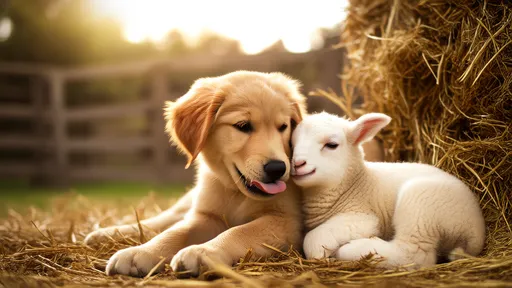
By /Aug 4, 2025
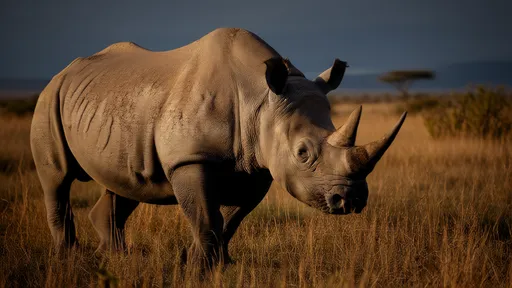
By /Aug 4, 2025
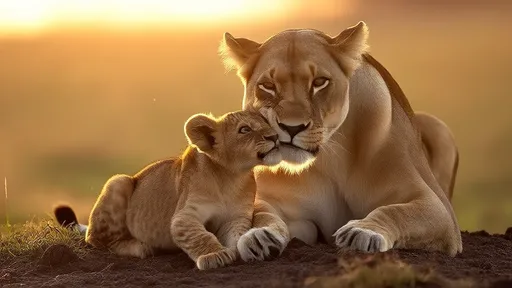
By /Aug 4, 2025
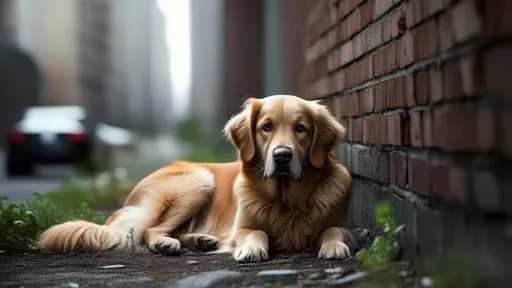
By /Aug 4, 2025

By /Aug 4, 2025
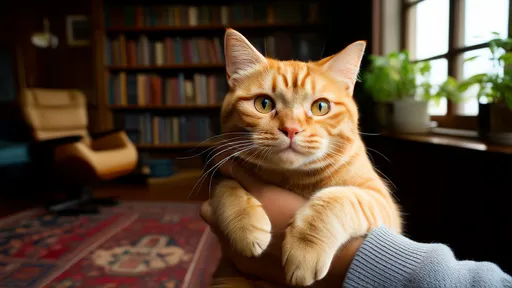
By /Aug 4, 2025
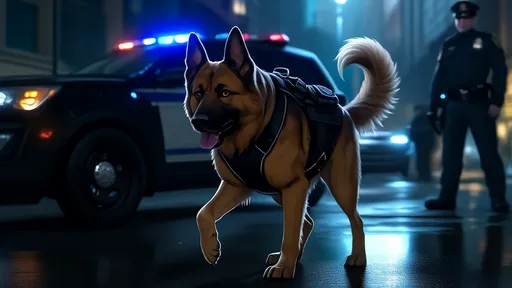
By /Aug 4, 2025
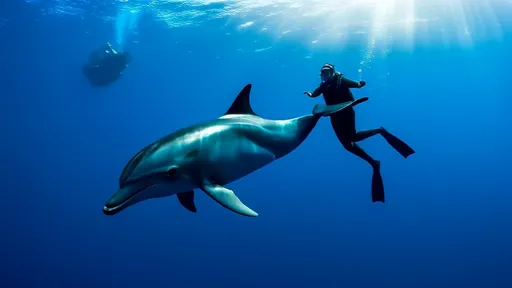
By /Aug 4, 2025
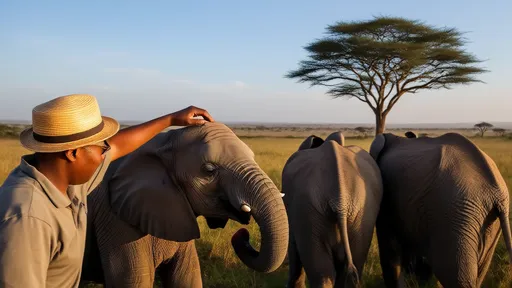
By /Aug 4, 2025
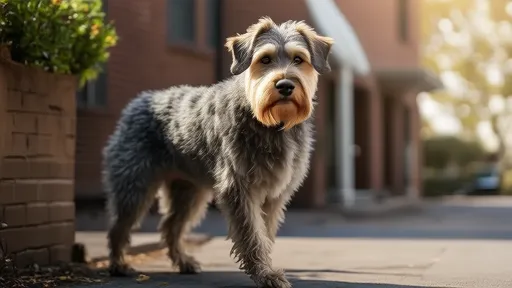
By /Aug 4, 2025
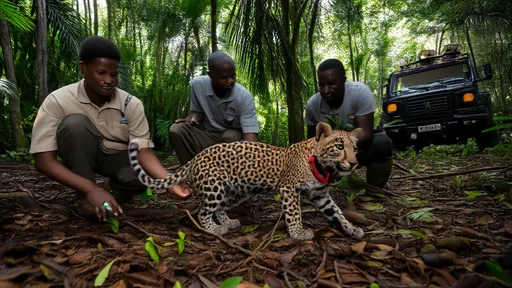
By /Aug 4, 2025
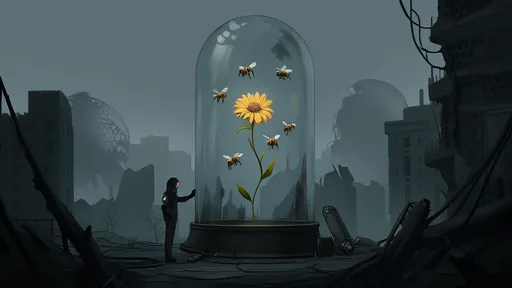
By /Aug 4, 2025
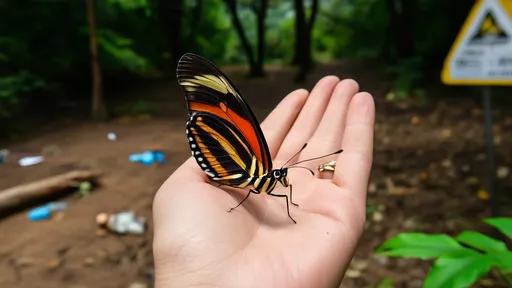
By /Aug 4, 2025
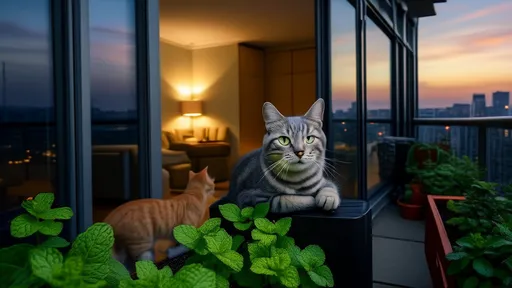
By /Aug 4, 2025

By /Aug 4, 2025
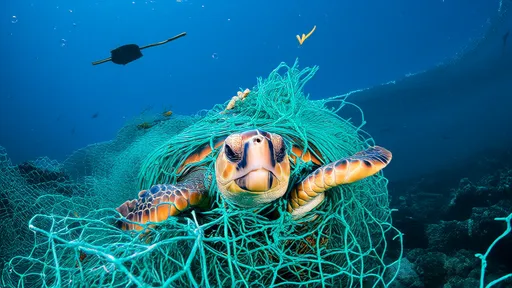
By /Aug 4, 2025

By /Aug 4, 2025
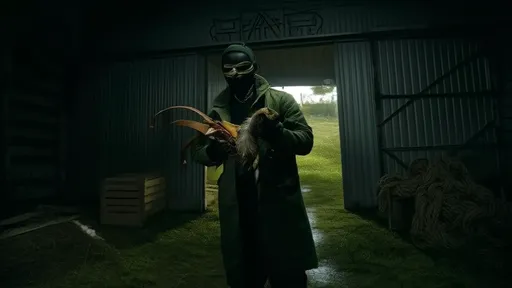
By /Aug 4, 2025

By /Aug 4, 2025

By /Aug 4, 2025